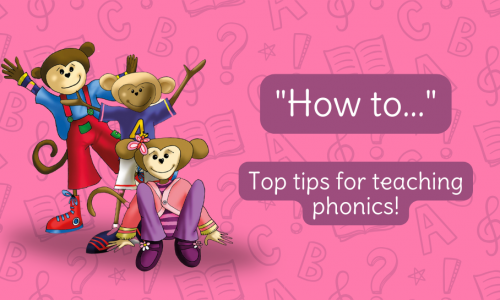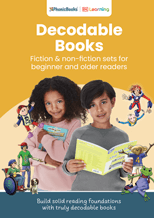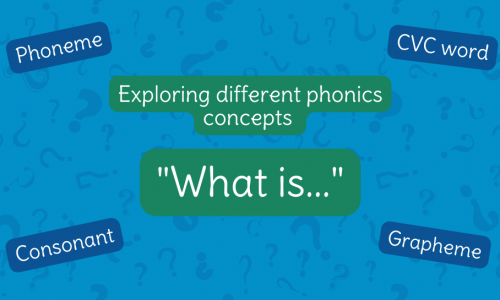
In our ‘how to…’ series we are going to delve into all things phonics instruction and give you our expert advice on developing confident readers. *** Non-fiction decodable books are wonderful reading resources. They combine two essential parts of reading: word recognition (decoding) and world knowledge (language comprehension and subject vocabulary). Educators now recognise that […]
Read More


